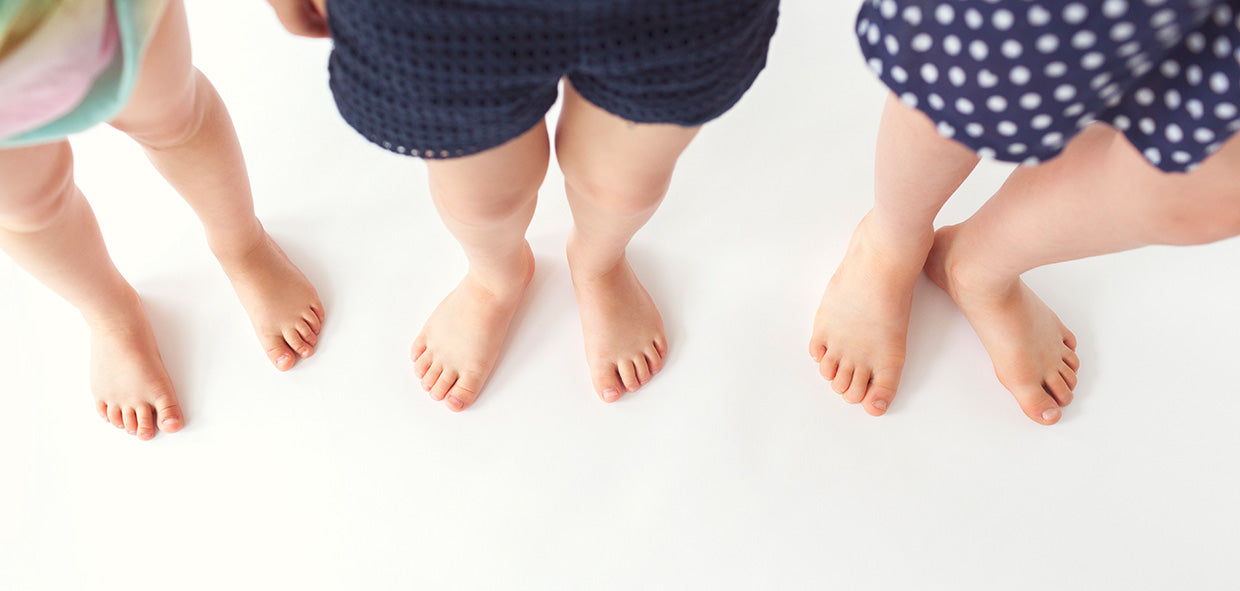Also know as or related to dropped arches, pronation, rolling in, collapsed arches, low arches, pes planus

Podiatrists have known for decades that when people have flat feet or dropped arches that they can experience problems that are resolved by supporting their arches.
We do know that approximately 90% of the populations feet roll in or have dropped arches and many of these people are very active and never have a lower limb problem in their life time.
A small amount of arch flattening is actually a normal and an efficient way for feet to work, however excessive flattening dramatically increases the strain through the arch, heel, ankle, shin muscles, knees, hips and lower back. Most people are fit enough and strong enough to handle this extra strain.
So the dilemma is deciding which people with flat feet or dropped arches need the help of supportive shoes or orthotics to go in these shoes.
If symptoms start appearing that are made worse by flat feet or dropped arches, then it is time to use supportive shoes and/or othotic inserts to help resolve these issues. If you experience regular foot, ankle, shin, knee, hip or lower back pain then book in to see one of our podiatrists to see if we can help.
Why do so many feet roll in?
Feet evolved to work on soft and uneven ground and the angles in the bones and joints of our feet suit this type of terrain perfectly. Within the last 100 years or so, there are suddenly hard, flat surfaces everywhere and the natural angles of our feet mean that the arches drop or feet flatten out.
We have adapted by using footwear to help our feet out and protect them from injury. Footwear has continued to develop over the decades and there are excellent design features to suit each individual’s anatomy to get the best performance.
Should we be barefoot?
There have been spikes of interest in running barefoot (1960’s, 1980’s and the 2000’s) that are usually sparked by a runner winning a prominent race while not wearing shoes. Our podiatrists don’t normally encourage people to run barefoot due to increase chance of puncture wounds from glass/rocks/metal. The second reason is that some peoples foot mechanics place more strain through the structures of their feet than what these structures can ever handle.
It is true that gradually increasing strain through these foot structures will allow them to strengthen and probably handle this strain. However if your foot mechanics are poor enough and you are running far enough, then these structures sometimes can’t ever strengthen to the point of ever handling this load and become injured.
Still want to run barefoot?
Some runners are ‘feel’ runners and love getting away from their thick soled cushioned shoes and we love to help these people experience barefoot style running safely. We encourage the introduction of less supportive shoes for light sessions and the gradual progression to minimalist shoes and eventually barefoot running. They key is to do this gradually and allow recovery time for your body as you increase the load through your feet and legs.